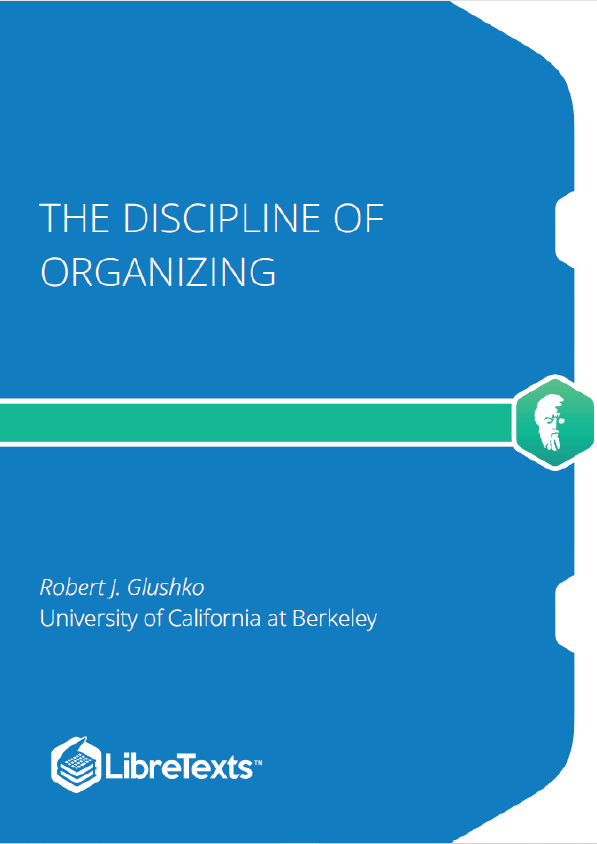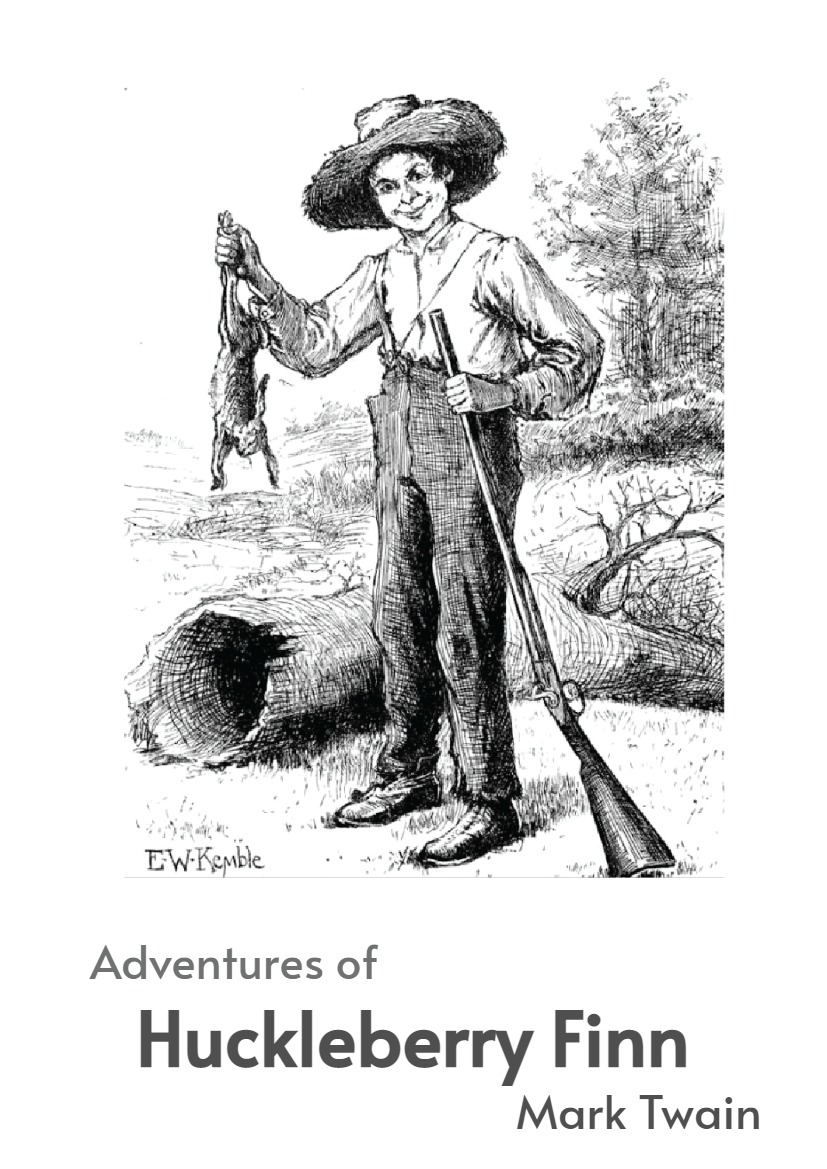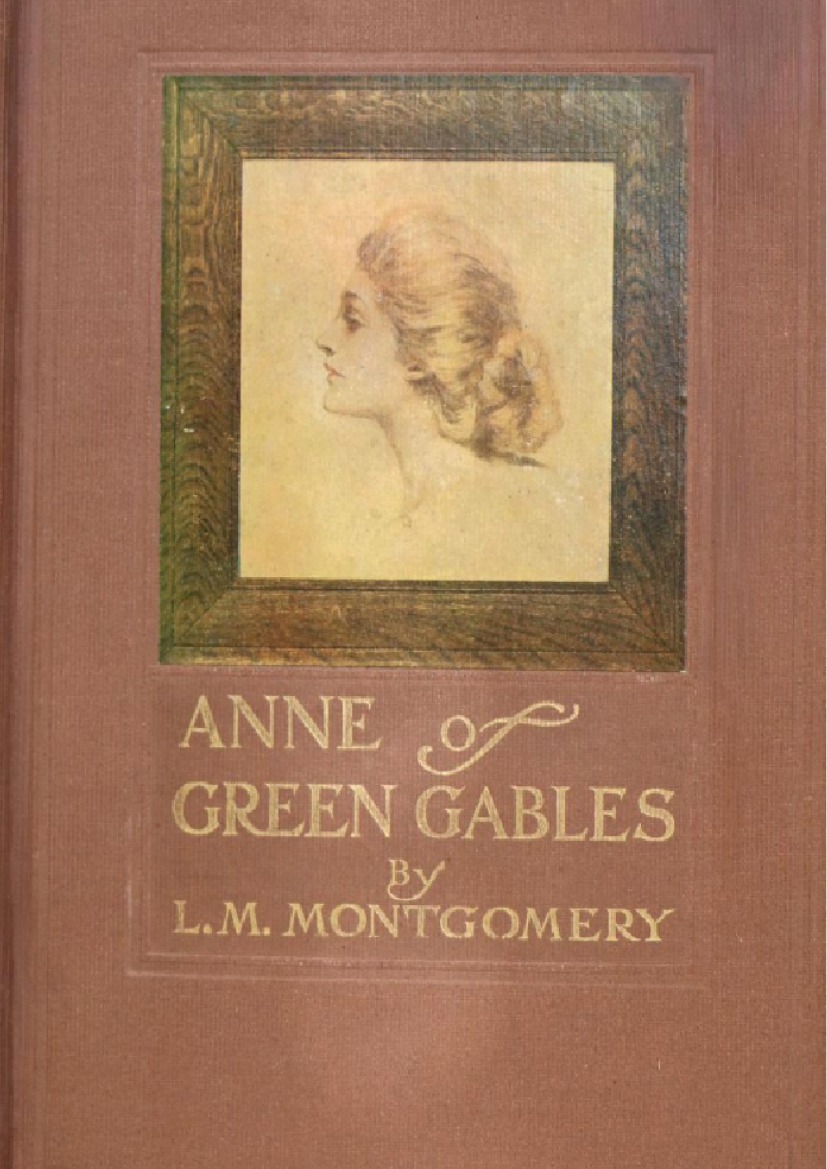We organize things, we organize information, we organize information about things, and we organize information about information. But even though “organizing” is a fundamental and ubiquitous challenge, when we compare these activities their contrasts are more apparent than their commonalities. We propose to unify many perspectives about organizing with the concept of an Organizing System, defined as an intentionally arranged collection of resources and the interactions they support. Every Organizing System involves a collection of resources, a choice of properties or principles used to describe and arrange resources, and ways of supporting interactions with resources. By comparing and contrasting how these activities take place in different contexts and domains, we can identify patterns of organizing. We can create a discipline of organizing in a disciplined way.
Organizing is such a common activity that we often do it without thinking much about it. We organize shoes in our closet, books on our book shelves, spices in our kitchen, receipts and records in tax preparation folders, and people on business projects and sports teams. Quite a few of us have jobs that involve specific types of organizing tasks. We might even have been explicitly trained to perform them by following specialized disciplinary practices. We might learn to do these tasks very well, but even then we often do not reflect on the similarity of the organizing tasks we do and those done by others, or on the similarity of those we do at work and those we do at home. We take for granted and as givens the concepts and methods used in the Organizing System we work with most often.
We organize physical things. Each of us organizes many kinds of things in our lives—our books on bookshelves; printed financial records in folders and filing cabinets; clothes in dressers and closets; cooking and eating utensils in kitchen drawers and cabinets. Public libraries organize printed books, periodicals, maps, CDs, DVDs, and maybe some old record albums. Research libraries also organize rare manuscripts, pamphlets, musical scores, and many other kinds of printed information. Museums organize paintings, sculptures, and other artifacts of cultural, historical, or scientific value. Stores and suppliers organize their goods for sale to consumers and to each other. Sports leagues organize players into teams, and the teams organize players by position or role.
We organize information about physical things. Each of us organizes information about things: when we inventory the contents of our house for insurance purposes, when we sell our unwanted stuff on eBay, or when we rate a restaurant on Yelp. Library card catalogs, and their online replacements, tell us what books a library’s collection contains and where to find them. Sensors and RFID tags track the movement of goods—even library books—through supply chains, and the movement (or lack of movement) of cars on highways.
We organize digital things. Each of us organizes personal digital information—email, documents, ebooks, MP3 and video files, appointments, contacts—on our computers, smartphone, ebook readers, or in “the cloud,” —through information services that use Internet protocols. Large research libraries organize digital journals and books, computer programs, government and scientific datasets, databases, and many other kinds of digital information. Companies organize their digital business records and customer information in enterprise applications, content repositories, and databases. Hospitals and medical clinics maintain and exchange electronic health records and digital X-rays and scans.











